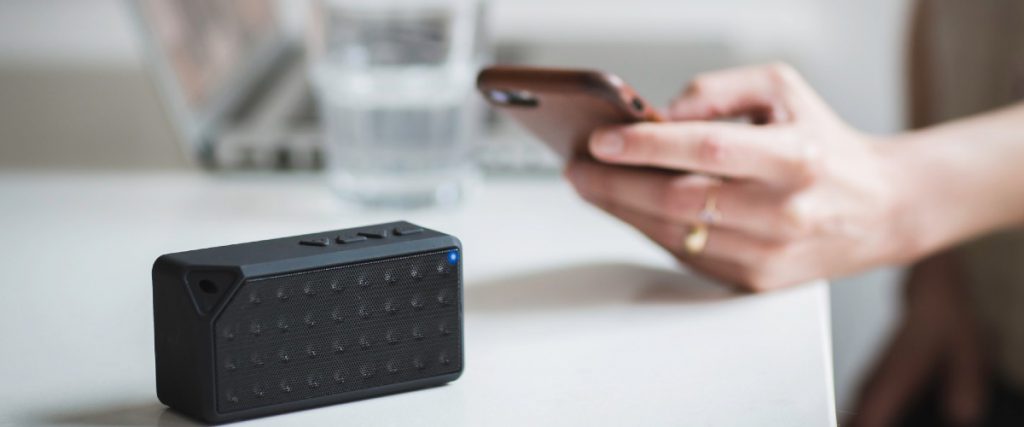April 6, 2020
Each day we listen to music, as we commute, go to the gym etc – it is part of our rituals. However as we socially distance, our daily behaviours have changed – including how we listen to music.

Music is an important feature of people’s daily lives with an IFPI survey sharing that 54% of respondents deem themselves fanatical about music (IFPI Music Listening 2019). Music streaming platforms have fast become the soundtracks to our lives. Now as we isolate and work from home, these soundtracks are changing. Our new daily patterns have caused a temporary change in music streaming consumption.
Music streaming is heavily influenced by ritual behaviours. As we commute to work and go to the gym people listen to their favourite music. In IFPI’s 2019 Listening Report, consumers reported they listened to approximately 2.6 hours of music per day. As we continue to work from home, our traditional behaviours have changed. During the 13-19 of March BuzzAngle/Alpha Data reported an 8.8% reduction in US music streaming, proving the unpredictable nature of music streaming (Music Business World, 2020).
While music can be an escape on busy commutes as people feel more isolated they are searching for ways to connect. There are reports that many are choosing the companionship of radio or podcasts, with BBC radio streams increasing by 18%. With almost everyone working from home each day, music streaming must also compete with other media such as online tutorials and tv streaming services.
These temporary changes in behaviour have had a short term impact, however, this may not be the continued case. Streaming platforms have been quick to react to our new needs. Spotify and Apple Music are quickly adapting their approach through specialised playlists and ways to collaborate. One example is Apple Music’s recently released “Come Together”, a hub of curated playlists. Themed playlists around health and fitness have also proved popular.
The types of music we choose are also changing. Rather than chart-topping songs, relaxing and classical music are currently high in demand. BuzzAngle/Alpha Data recorded 12.9 % fewer streams from the 13-19 of March than the previous week for the top 500 songs. However, Primephonic, the classical music streaming platform, reported a 20% increase since European social distancing began (BBC, 2020).

Despite being separated, music can bring people together. Across the news and social media, we see images from Italy and Spain of people singing songs of solidarity from balconies. This unity is translating into the online world also. Spotify has reported massive spikes in these songs. For example, in Italy, the song Abbracciame (Hug Me) was sung from people’s balconies and subsequently, Spotify saw streams of the song increase by 820% in just one day. Spotify also shared that collaborative playlists have grown in popularity as people use technology to connect. Friends and families can build playlists together, therefore establishing meaningful connections. Also in our homes, instead of listening to music personally on headphones, more people are listening to music as a family. This is reflected in a growth in kids music streams, as shared by Spotify.
Some artists are also experimenting with virtual concerts, which is increasing streaming. This allows artists to connect directly with fans. Spotify shared that artists who perform on live streams for fans, such as James Blake, are rising in popularity on the platform. Spotify also launched the “COVID-19 Music Relief” initiative where the platform is partnering with music interest groups (MusiCares, PRS Foundation and Help Musicians) to support the industry through fundraising.
As we physically isolate during this period, our daily behaviours will continue to be different affecting how we listen to music. Streaming platforms are developing to meet the short term needs of people as we work and exercise in our homes. With uncertainty in the coming weeks as we practice social distancing, it is difficult to predict music streaming volumes. The Matching Engine can help CMOs’ systems to adapt to these changes through cloud technology. Talk to the Matching Engine team to discuss autoscaling and other features that can help your organisation.